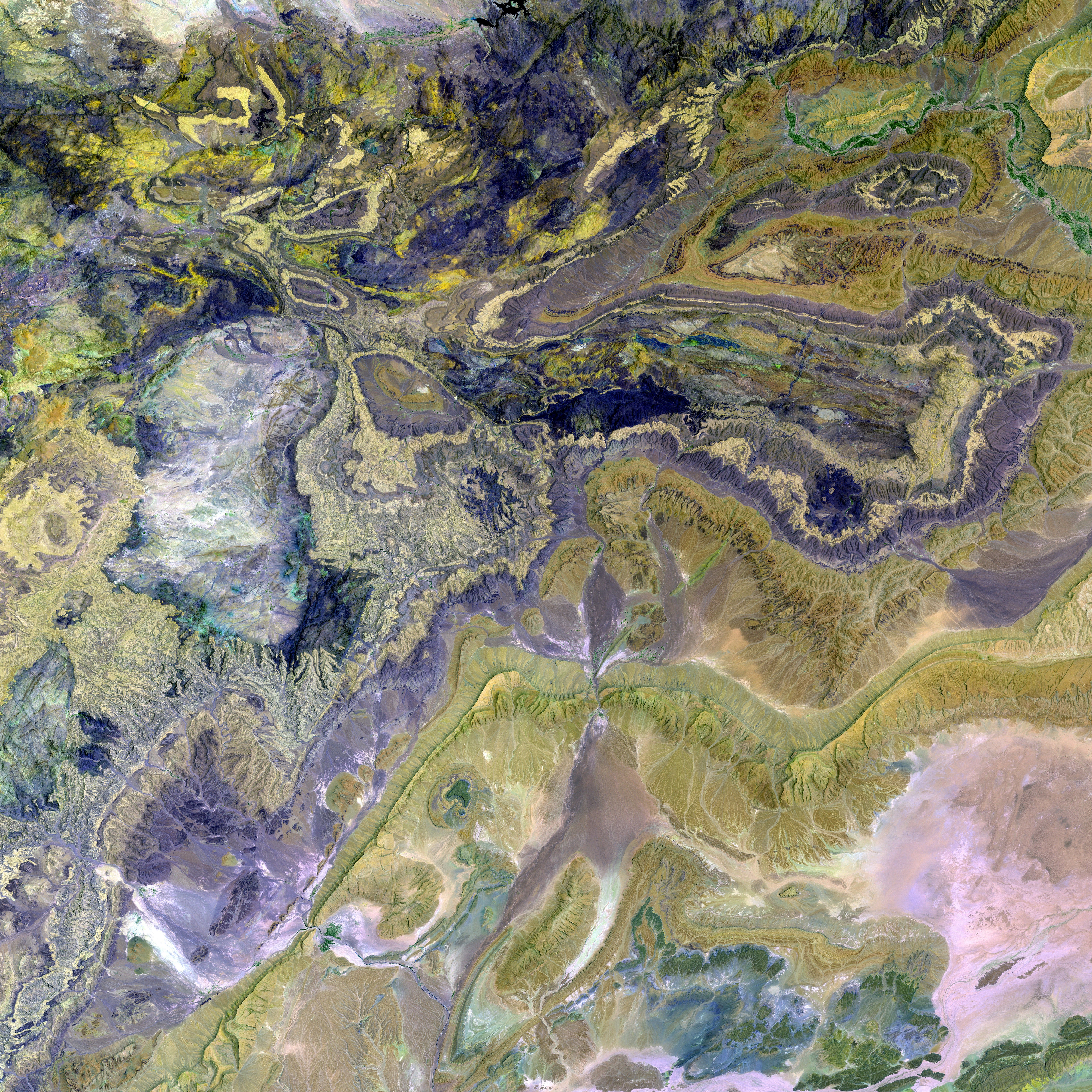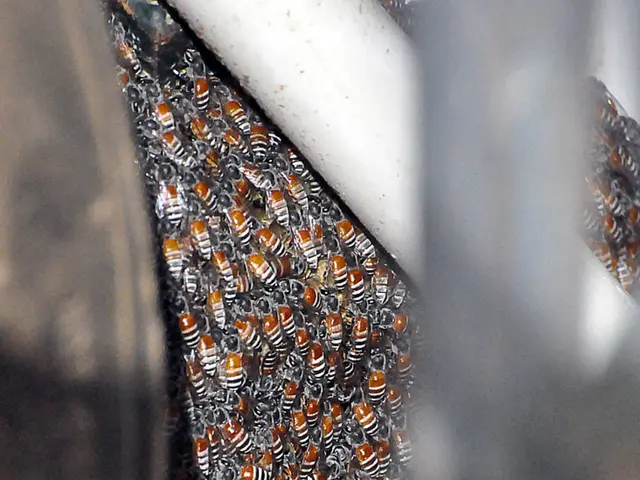Narrowing Gender Gap in Science Research: Progress and Persistent Challenges
New research indicates that the gender gap among the world's most influential scientists is shrinking, but women remain underrepresented in the field, according to a study led by Stanford University's John Ioannidis, published in "PLOS Biology". Analyzing data from 5.8 million male and female researchers, Ioannidis' team found that the gender gap is most pronounced among the most frequently cited researchers.
Despite significant progress in recent years, women are still significantly underrepresented, with men constituting 2.28 times more frequently cited authors in the youngest group. While this is encouraging news, continued research and focus on women in science is crucial to eliminate ongoing disparities.
Changing Tides Across Disciplines
According to Ioannidis, there's been a notable decrease in the gender gap in science publications, especially since 2011. While men dominated 80% of scientific authorships before 1992, the ratio has improved significantly, with women now publishing approximately 1.36 times as often as men. However, this progress is not uniform across disciplines; in Japan, for instance, there are still 10 times more frequently cited male researchers in the youngest cohort.
Contributing Factors to Persisting Disparities
Factors contributing to persistent gender disparities in science research stem from societal, cultural, structural, and individual biases. Some factors include:
- Stereotypes and Expectations: Societal expectations that women should prioritize their families can deter them from pursuing demanding scientific careers, especially in STEM fields.
- Cultural Norms: The belief that women should be primarily focused on family life hinders their pursuit of academic careers.
- Structural and Institutional Factors: Lack of access to funding, research support, and laboratory space impacts women's career progression and productivity.
- Individual and Implicit Biases: Implicit biases in peer reviews, hiring, and promotion processes contribute to gender disparities.
- Career Interruptions: Disproportionate caregiving responsibilities leave women with less available time for research, leading to career breaks.
- Educational Pathways: Limited access to STEM education and fostering girls' interest in STEM exacerbates gender disparities.
- Generative AI Impact: The emergence of generative AI poses new challenges for women adapting to these technologies, which are disproportionately used in STEM careers.
Overcoming Inequalities
Addressing gender disparities in science requires a multipronged approach encompassing societal, cultural, educational, and institutional changes. Some potential solutions include:
- Government Initiatives: Develop policies to promote gender equality in science, such as focusing on educational opportunities, enhancing women's entry and advancement, and addressing organizational culture.
- Institutional Support: Create supportive structures, like addressing sexual misconduct, and implement gender-neutral policies to ensure career progression for all researchers.
- Education and Mentorship: Foster interest in STEM by providing equitable education and mentoring opportunities for girls and women.
- Bias Mitigation: Invest in training and tools to mitigate implicit biases in research assessments, such as peer reviews and publications.
- Work-Life Balance: Implement policies to promote work-life balance, such as parental leave and career interruption support.
In conclusion, while progress has been made in narrowing the gender gap in science, more needs to be done to address ongoing disparities. Initiatives to foster gender equality, addressing systemic issues, and supporting individual career progression will empower more women to contribute their valuable perspectives and expertise to the scientific community.







